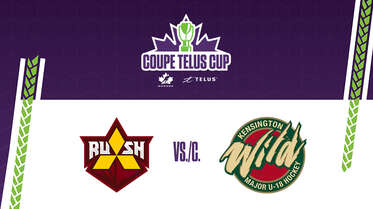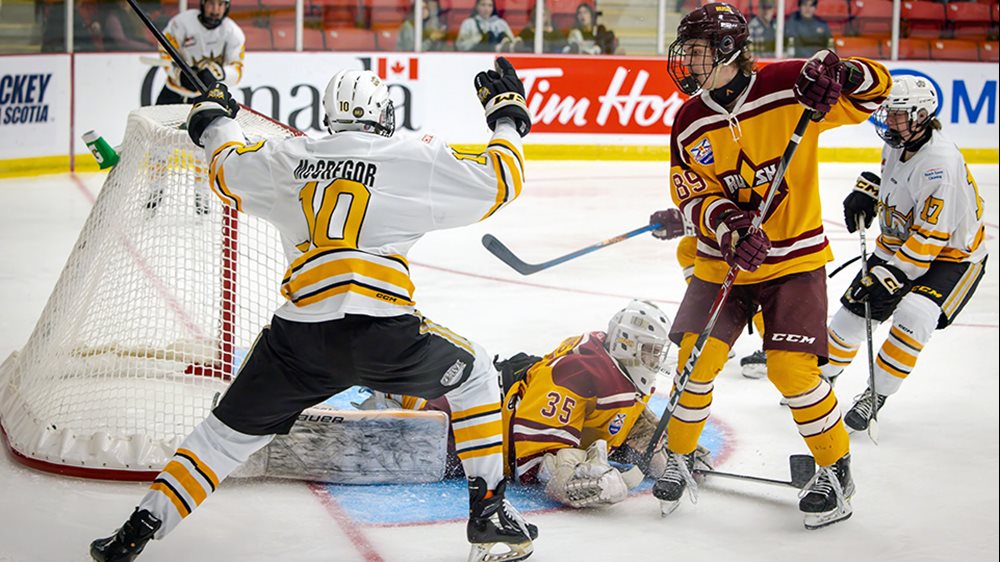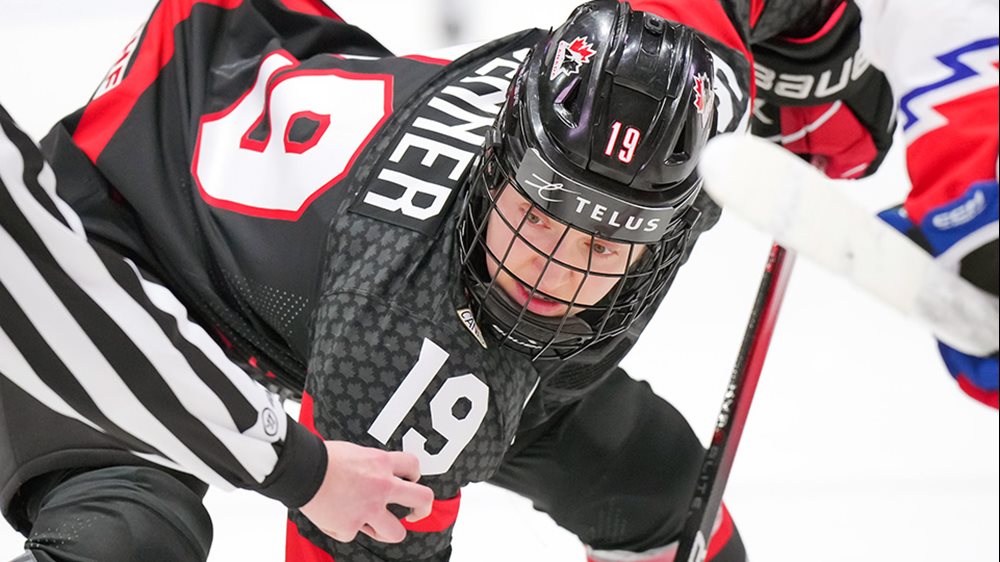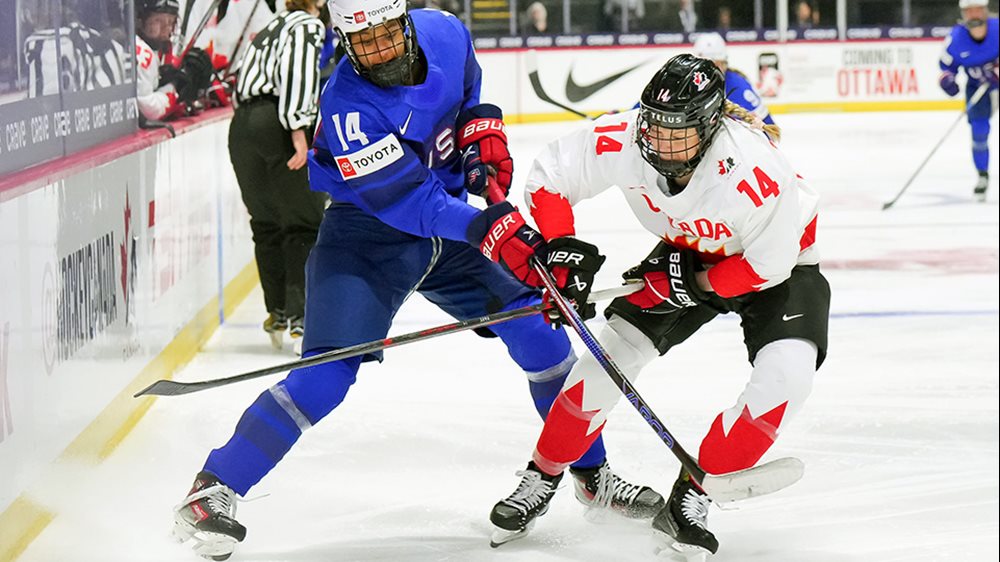
Leaving a lasting impression in the North
Tommy Williams left behind an impact on the Northwest Territories through his love for his family, the game of hockey, his Métis heritage and trying to make a difference for Indigenous youth
Tommy Williams was a man of the people in the Northwest Territories. Not only in his various roles throughout a long career in government, but also at the hockey rink.
“He was an amazing man … so passionate about the game and he really put his heart into hockey,” says Pamela Williams, Tommy’s wife of 32 years. “He cared so much about people, and he wanted to teach every kid the love he shared for the game and the joy of the sport.”
Williams died last August at 60 years old, after a battle with cancer. He left an impact on the community through his love for his family, the game of hockey, his Métis heritage and trying to make a difference for Northern youth.
He was a goaltender for 48 years, playing until he no longer physically could, even after getting knee and hip replacements.
His daughter Aurora always remembers him being involved in hockey from an early age.
“He coached me throughout my childhood, and he was always a favourite coach for the players,” she says. “He was a fun guy and made friends everywhere around the rink. Everyone respected him and he had a big impact on all of us.”
His passion for hockey was obvious to his family, including Pamela. Being at the rink is what made Tommy happy – it didn’t matter if he was playing, coaching or just watching games.
“He wanted to be a professional hockey player and he would always spend any free time at the rink,” Pamela says. “He played in rec leagues and old-timer leagues and would watch his kids and grandkids play at home and away at tournaments in different cities.”
Tommy played at different levels, reaching the Western Hockey League with the Medicine Hat Tigers as the back-up to former NHLer Kelly Hrudey. He enjoyed his time, but always felt pulled to the North and how he could grow the game and support Indigenous Peoples in his own community.

“He played such an important role model for so many Indigenous youth. He was proud of who he was, and he could connect and understand what those kids were going through,” says Aurora. “The kids he coached over the years still share how much of an impact he had on them.”
James easily fell into his dad’s footsteps with an early love for the game. He was coached from a young age by his dad, and he learned a lot about the game – on and off the ice – from him and used those lessons as he continued his playing career.
James left home at age 14 to play Junior A hockey in Summerside, P.E.I., with the Summerside Western Capitals of the Maritime Hockey League. He played a couple years of university hockey as well before returning home for good, but continued to play in the same recreational leagues his dad used to play in.
“He always wanted what was best for me and my sister,” James says. “When I moved away and felt homesick, he pushed me to do my best and he believed in me. Now that I’m back in Inuvik, I play in the same leagues he used to, and people still know who he was and what he meant to the hockey community.”
Like his dad, James had the opportunity to coach Team NWT at the Canada Winter Games in 2023, something his dad did in 2007.
Tommy was a person that easily made connections with people, particularly through the national game. One year, when no one stepped up to coach a U18 team, Tommy agreed to take the reins.
“This is one of my favourite stories about my dad,” James says. “He did what no one else wanted to do and those kids grew up to be leaders in their communities. He was proud to be Indigenous and he wanted to provide opportunities for others in the North.”
When Tommy died, those players shared with the Williams family how he helped them off the ice as much as he did on it.
The impact Tommy left on the community is vast. On top of being the president and CEO of the Northwest Territories Housing Corporation, he also opened a sports equipment store in Inuvik so more Indigenous youth could get involved in hockey. He never believed that just because a family couldn’t afford to play shouldn’t mean they couldn’t play, and helped create a fund to help cover fees for players.
“He just wanted kids from the North to have the same advantage as the kids in the south,” says James. “He was a public servant by trade, and he understood that role, but he also understood the need to give back through sports.”
Before he died, the community honoured Tommy for his contributions to the game by retiring his Mad Trappers jersey at the Ed Jeske Olympic Arena in town, a moment that meant a lot to the Williams family.
“He was so honoured and emotional to see that recognition,” Aurora says. “I still get emotional when I go to the rink and see his jersey. We are all so proud to see that recognition.”
Hockey will always be a part of their lives as James, Aurora and her husband Bryon all play in the rec leagues in Inuvik, and four of Aurora’s children play. Knowing how much Tommy loved the game, they want to continue to carry his legacy for their kids, but also youth in their communities.
“He was a wonderful man that shared his passion of hockey with everyone,” Pamela says. “He was taken way too soon, but we had a good life.”
For more information: |
- <
- >

























